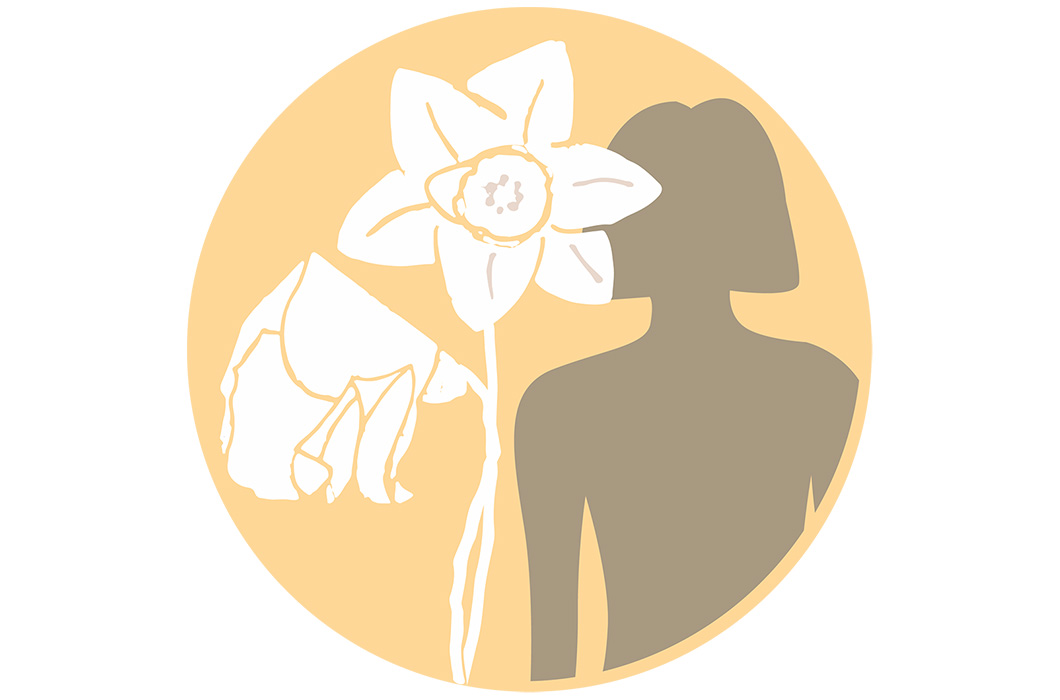[Written by Martina Bani]
[Illustration by Silvia Sani]
Today I broke up with my boyfriend. “Long-distance relationships never work”—a sentence I’ve heard so many times that it sickens me now. Most of all because it’s true. Dealing with feelings framed by long-distance is intense; euphoric one moment, and hopelessly dispirited a second after. No half measures. You could say that such an intensity of feeling best encapsulates the “rise and fall” paradigms of relationships, as the possibility of time together is limited. If the squeezebox of time shrinks, so do the bellowing feelings within it, and the sound comes out at a higher pitch. In this way, exploring the rapid dynamics of long-distance relationships can offer us insights on how relationships, in general, work.
I call the beginning of a relationship the “serendiption” stage, a weird blend between serendipity and connection (or addiction, if you prefer), and my mental radio station always plays Flume’s remix of You & me by Disclosure on repeat—illustrating the glittery ecstasy of two human beings desiring, and finally reaching, that yearned-for contact. Who doesn’t adore Hugh Grant’s hilarious dance scene within the walls of Number 10 in Love Actually, awkwardly expressing the beaming euphoria of serendiption* as he finds his love requited? Anyone who has experienced it will be familiar with this spark of feeling an endless potential of bliss and fulfilment as a new person crosses your path. You don’t know if they’re a fling or your life partner, but you know that—out of nowhere—there has been a spark. Suddenly the fluxes of your lives have to contaminate each other—either for just a few hours on the dancefloor or for months to come.
The Pre-Socratic philosopher Empedocles would say that you do have some control over it, even if it is unintentional. You have to be ready for that intermingling of souls and bodies to happen: “Those which are more ready to blend, made similar by Aphrodite, love one another”. In other words, you need to allow yourself to be and live in the world of feelings and be vulnerable because of it. You will never find someone new if—deep inside—you oppose the possibility of it. The true essence of serendiption is exactly its potential existence in the future: love, sex, and romance are not here yet, but they could be. Not only is that hope enough for now, but it’s all that counts. All the meanings attached to something yet to happen—the next-day wonderland of subjunctives and conditional tenses—is what colours the song playing the night before, that 80s jacket she was wearing, his weird obsession with succulents. Such details come to encapsulate every single meaning you’ve ever attached to that person.
Sliding through the continuum of relationships, it’s the exact opposite. The immediate loss of a breakup, situated in the past area of our life spectrum: the aforementioned colours, meanings, notes, and songs are now well-established and present in our head—even too present. The memories we hoped so much to create are now overwhelming, and depending on the stage of grievance, we array, hide, and dispose of them in our own ways. What is certain is that we need to reconceptualise them, since they can’t carry the same meanings, emotions, and intensity that they once did. I imagine this unbearable lightness of relationships and their objects, both mental and physical, solidifying and dissolving in a seemingly never-ending flux like the sine curves we witness in tides, stock markets, and our very heart, both literally and metaphorically. But this moving alongside the continuum is what keeps us alive: wilting – falling – rooting – rising and blooming. Justifying this cycle is not only about the obvious “there’s no light without the dark” kind of statement, but something deeper, relating to acquiring consciousness of the self and the world, another way to define growing up.
Through the conscious experience of the sine curves of our breaking and recomposing heart we learn what we need and want from ourselves and the other, what makes us suffer in the way we need to suffer in order to feel that love is real. Acquiring progressively detailed and conscious knowledge of our affective behaviours and traumas, preferences, and future aspirations makes us rearrange our choices, question them, legitimise some, and make new ones. The great opportunity of this process is to free ourselves from toxic patterns or, at least, be aware of them – which seems to me already a huge kind of freedom – and be ready to choose more fitting new loves.
The relationship of serendiption and loss is symbiotic: they represent different sides of the relationship continuum, but they could never be without each other. Just like true lovers.
*[Fragment B 22]. In: Barnes, J., 2001. Early Greek Philosophy. London: Penguin Books, p. 126.
[Image Description: A dusty yellow circle with the outline of a figure with a bop haircut, next to two flowers in white – one with its head hanging, the other with its head upright.]

